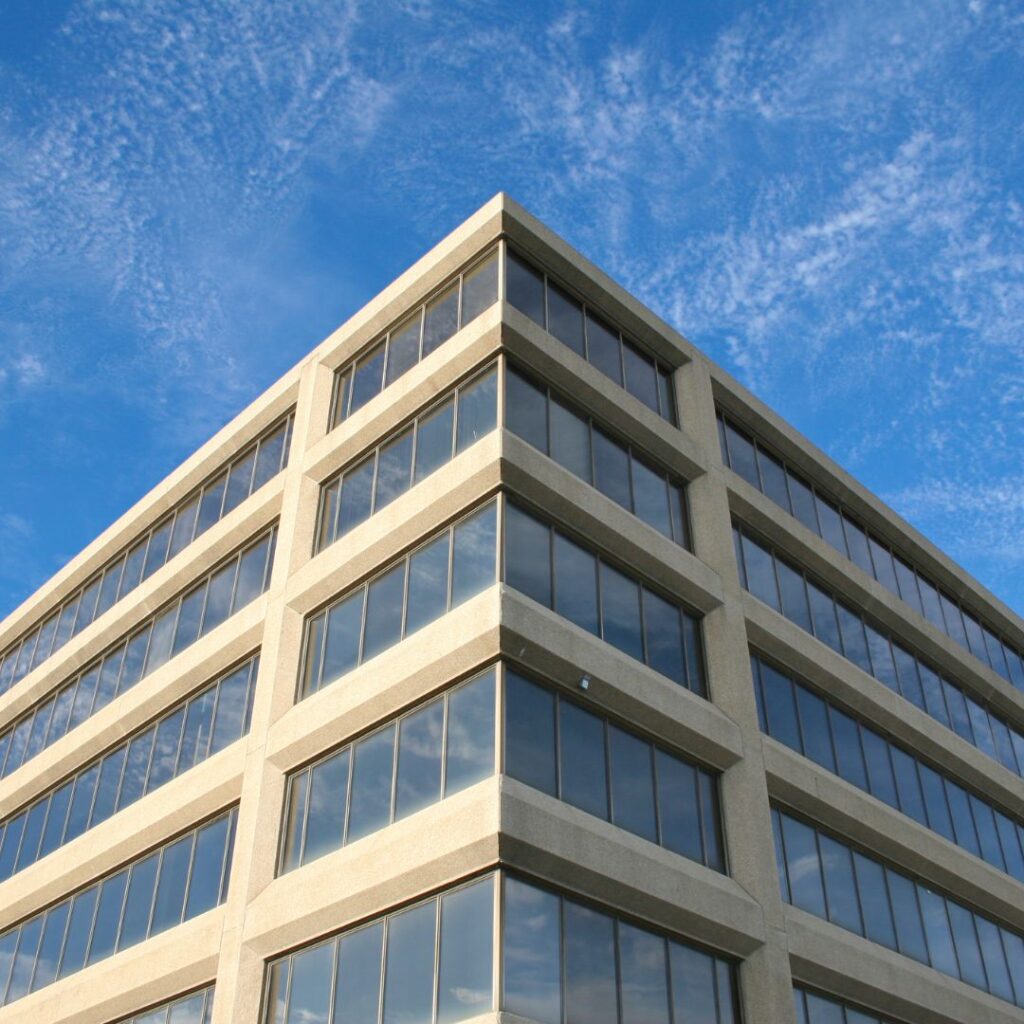The Latest Approved Document B (ADB): Key Updates, Amendments, and Future Changes

The UK government has released the latest iteration of Approved Document B (ADB), the essential fire safety guidance for building regulations in England. The 2019 edition of ADB, incorporating the 2020 and 2022 amendments, provides critical updates to ensure that buildings are designed and constructed to minimise fire risks. As we look ahead, forthcoming changes planned for 2025, 2026, and 2029 aim to further strengthen the fire safety framework in England.
What is Approved Document B (ADB)?
ADB is one of a series of Approved Documents providing guidance on how to meet the Building Regulations 2010. Specifically, ADB focuses on fire safety, covering topics such as:
- Fire resistance of structures.
- Means of escape in case of fire.
- Fire detection and warning systems.
- Control of fire spread in external walls.
Key Updates in the 2019 Edition and Amendments
- 2020 Amendments
The 2020 updates introduced specific measures aimed at improving safety in high-rise residential buildings following the Grenfell Tower tragedy:
-
- Ban on Combustible Materials: Combustible materials were banned in the external walls of buildings over 18 meters in height. This applied to residential buildings, hospitals, dormitories, and student accommodation.
- Clarification of Testing Standards: Enhanced clarity on the requirements for Class A1 and A2 materials to ensure compliance with European fire safety standards.
- Building Height Definitions: Adjustments to how building height is measured to standardise requirements for fire safety measures.
- 2022 Amendments
The 2022 amendments expanded upon the 2020 changes with a greater focus on inclusivity and fire safety in smaller and medium-sized buildings:
-
- Reduced Height Threshold: The threshold for certain fire safety measures, such as sprinklers, was reduced from 18 meters to 11 meters. This change applies to new residential buildings, ensuring enhanced fire protection for more occupants.
- Wayfinding Signage: High-rise residential buildings now require illuminated, durable signage for fire and rescue services to aid navigation during emergencies.
- Balcony Safety: Restrictions were introduced on the use of combustible materials in balconies to reduce fire spread risks.

Looking Ahead: Future Changes in ADB (2025, 2026, 2029)
The government has outlined forthcoming updates to ADB as part of its commitment to improving building safety. Here’s what to expect:
- 2025: Enhanced Fire Safety for Medium-Rise Buildings
- Further Reductions in Height Thresholds: Fire suppression systems, such as sprinklers, will likely become mandatory in buildings below 11 meters.
- Stricter Requirements for External Walls: Increased scrutiny on the fire resistance of external walls, particularly in mixed-use developments.
- Expanded Scope of Compliance: Updates may address the retrofit of fire safety measures in existing buildings to bring older structures closer to modern safety standards.
- 2026: Digital Fire Safety Management
- Mandatory Digital Building Passports: To improve transparency and management, digital passports containing fire safety data will be required for all new and existing high-risk buildings.
- Integration of Smart Fire Detection Systems: Incorporation of advanced technologies, such as smart detectors and AI-driven fire risk assessments, into compliance guidance.
- 2029: Comprehensive Sustainability and Safety Integration
- Focus on Sustainability: New provisions will align fire safety standards with the government’s environmental goals, ensuring sustainable materials meet stringent fire safety requirements.
- Increased Accountability: Stronger requirements for the role of responsible persons and clearer guidance on accountability for fire safety management.
Key Takeaways: What Does This Mean for You?
- For Developers and Architects:
- Plan for Stringent Materials Compliance: Ensure that all external wall materials and insulation comply with Class A1 or A2 fire safety ratings, especially for buildings over 11 meters.
- Incorporate Fire Suppression Systems Early: Sprinkler systems and other fire suppression measures will likely become mandatory in smaller buildings, making early integration critical.
- Future-Proof Designs: Consider the upcoming changes in 2025 and beyond to avoid costly retrofits and ensure long-term compliance.
- For Building Owners and Managers:
- Retrofit Requirements: Be prepared for future regulations requiring upgrades to fire safety measures in existing buildings, especially those with combustible cladding or inadequate fire protection systems.
- Focus on Digital Compliance: Start preparing for digital fire safety management tools, such as building passports, to streamline compliance and documentation.
- For Contractors and Installers:
- Stay Updated on Standards: Ensure all materials and installations meet the latest standards outlined in ADB and are supported by clear documentation.
- Emphasise Quality Control: With increased accountability on installations, quality control will be critical to avoiding future remediation costs and liability issues.
The Bigger Picture: Safety and Sustainability
The revisions to ADB reflect a broader shift towards prioritising safety and sustainability in building design and construction:
- The ban on combustible materials and tighter sprinkler requirements signal a commitment to occupant safety.
- Future integration of sustainability goals highlights the importance of balancing environmental considerations with fire safety.
Conclusion
The evolution of Approved Document B underscores the UK government’s commitment to preventing another tragedy like Grenfell. With the 2019 edition and its subsequent amendments setting the stage, the forthcoming changes in 2025, 2026, and 2029 will further enhance fire safety standards, ensuring safer buildings for future generations.
Whether you’re a developer, architect, or building manager, staying informed and proactive is key.